I recently wrote an
article about Ubuntu and the Unity desktop which said that desktops
were now becoming far more icon oriented and this was possibly due to
the iPod generation and the way that people have become more
accustomed to navigating via icons.
It was brought to my
attention that icons have been a part of computing for a long time
and way before the iPod.
In the beginning there was DOS and then came Windows version 1. (I am aware that there were other operating systems available such as MacOS and OS2 etc).
As you can see there
are windows but the system does not really rely on icons.
Then came windows 2 and windows 2.1 and although little icons were starting to appear they were not fundamental to the use of the system in anyway whatsoever.
In Windows 3 icons became more prevalent and were used to start applications.
From this point of view
the person who commented that icons have been around for a lot longer
than the iPod is 100% correct.
In this case however
the window is as important as the icon.
It is the use
of icons that has changed over the years that is key to my argument
that the iPod generation has led to the design influences of the new
desktops.
In Windows 95
icons were used on the main screen and also on the menus but Windows
95 is menu heavy. The icons do not exist by themselves and there is
text stating what each icon does.
The same can be
said of Windows 98 and Windows ME. Visually nothing really changed
between those versions.
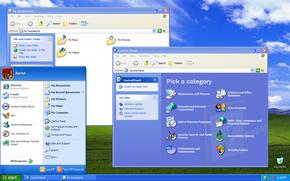 In Windows XP the icons still exist but they are accompanied by lots of text and the system is still heavily reliant on the start menu.
In Windows XP the icons still exist but they are accompanied by lots of text and the system is still heavily reliant on the start menu.Icons on the desktop are not arranged in any particular way and the system is not reliant on them.
In Windows
Vista nothing really changed in terms of the use of the desktop.
In Windows 7 again nothing really changed.
The icons are
still used as an accompaniment to the text and menus.
Now look at
Windows 8.
The start menu
has gone and the icon is now key to the running of the system.
Text is an
accompaniment to the icon rather than the icon the accompaniment to
the text.
So back to my
original point. The iPod is heavily icon centric.
Any text and
any menus that may appear accompany the applications but because of
the touch screen interface and space limitations the icon became more
important.
People have
become accustomed to this style of interface now which explains the
image of Windows 8 above changing to the tile based interface.
The Unity
interface is heavily icon centric as well. Menus are sparse and the
icons are grouped together logically as opposed to Windows (pre version 8) whereby
they are placed sporadically (unless you arrange them).
My point
therefore is that whilst the icon has been around for generations the
Unity interface is clearly inspired by the use of icons as they have
been implemented by the iPod/iPad and Android.
In an odd way
however the Unity interface reminded me of another version of Linux I
have seen called xPud and there are some rudimentary similarities
between the two.
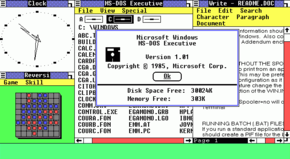
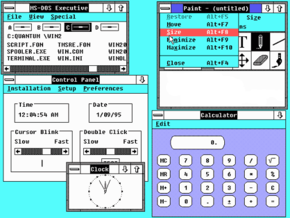
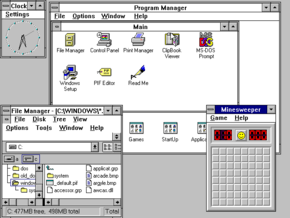
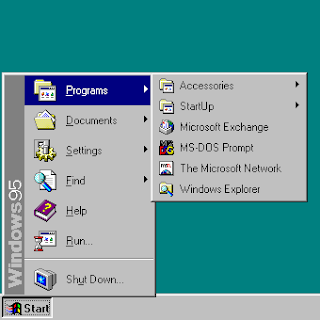
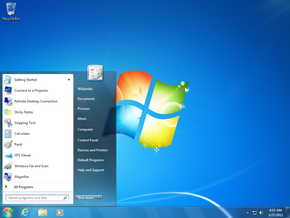
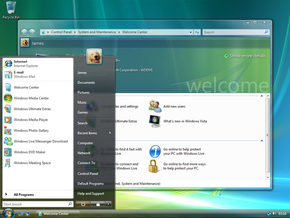


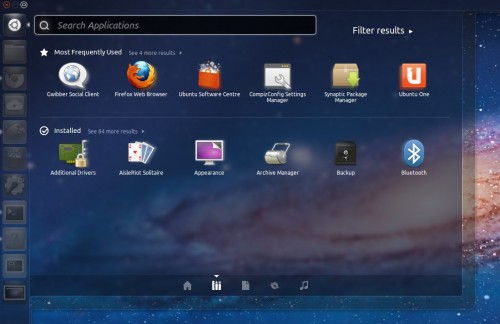
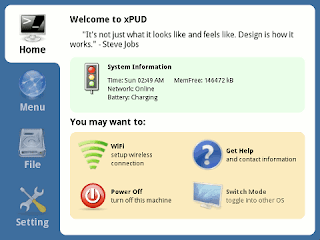



0 comments:
Post a Comment
Feel free to comment on any of the blog posts. Please try to be constructive.
Offensive messages will be removed as will blatant adverts for misleading products and sites.
Thanks for visiting my blog